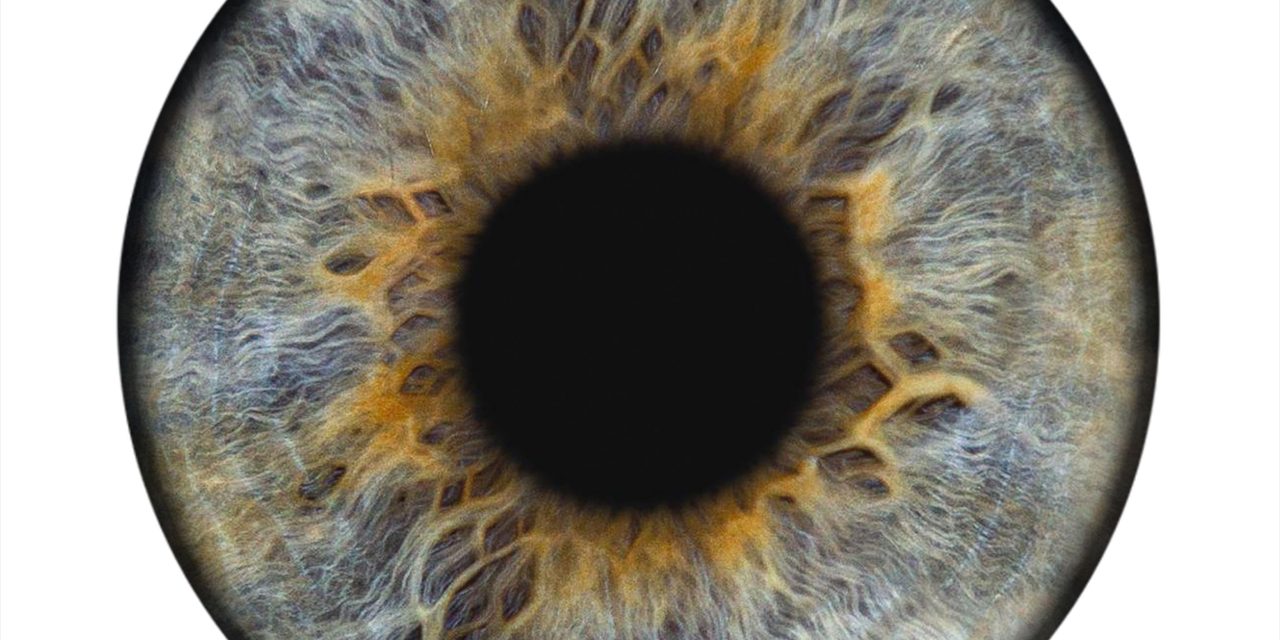Intrinsically photosensitive retinal ganglion cells (ipRGCs) control non-visual light responses (e.g. pupillary light reflex and circadian entrainment). Patients with diabetic retinopathy (DR) show reduced ipRGC function, as inferred by abnormalities in the post illumination pupil response (PIPR). We explored whether ipRGC function in DR is associated with circadian outputs and sleep/wake behavior.
Forty-five participants (15 without diabetes, 15 with type 2 diabetes (T2D) and no DR, 15 with T2D and DR) participated. ipRGC function was inferred from the PIPR (pupil size following stimulus offset). Circadian outputs were melatonin amplitude (overnight urinary 6-sulfatoxymelatonin (aMT6s)) and timing (dim light melatonin onset (DLMO)), and evening salivary cortisol levels. Sleep/wake patterns were measured with wrist actigraphy and insomnia symptoms were assessed subjectively.
Patients with T2D and DR had smaller PIPR and lower urinary aMT6s than other groups (p < 0.001). In adjusted regression models, smaller PIPR was associated with lower urinary aMT6s (β = 4.552, p = 0.005). Patients with DR were more likely to have no detectable DLMO (p = 0.049), higher evening salivary cortisol, greater insomnia symptoms and greater sleep variability compared to other groups. Sleep duration, efficiency and rest-activity rhythms were similar.
Reduced ipRGC function in DR is associated with circadian dysregulation and sleep disturbances, although a causal relationship cannot be established in this cross-sectional study. Prospective mechanistic and intervention studies examining circadian and sleep health in these patients are warranted.
Relationship between Intrinsically Photosensitive Ganglion Cell Function and Circadian Regulation in Diabetic Retinopathy.


